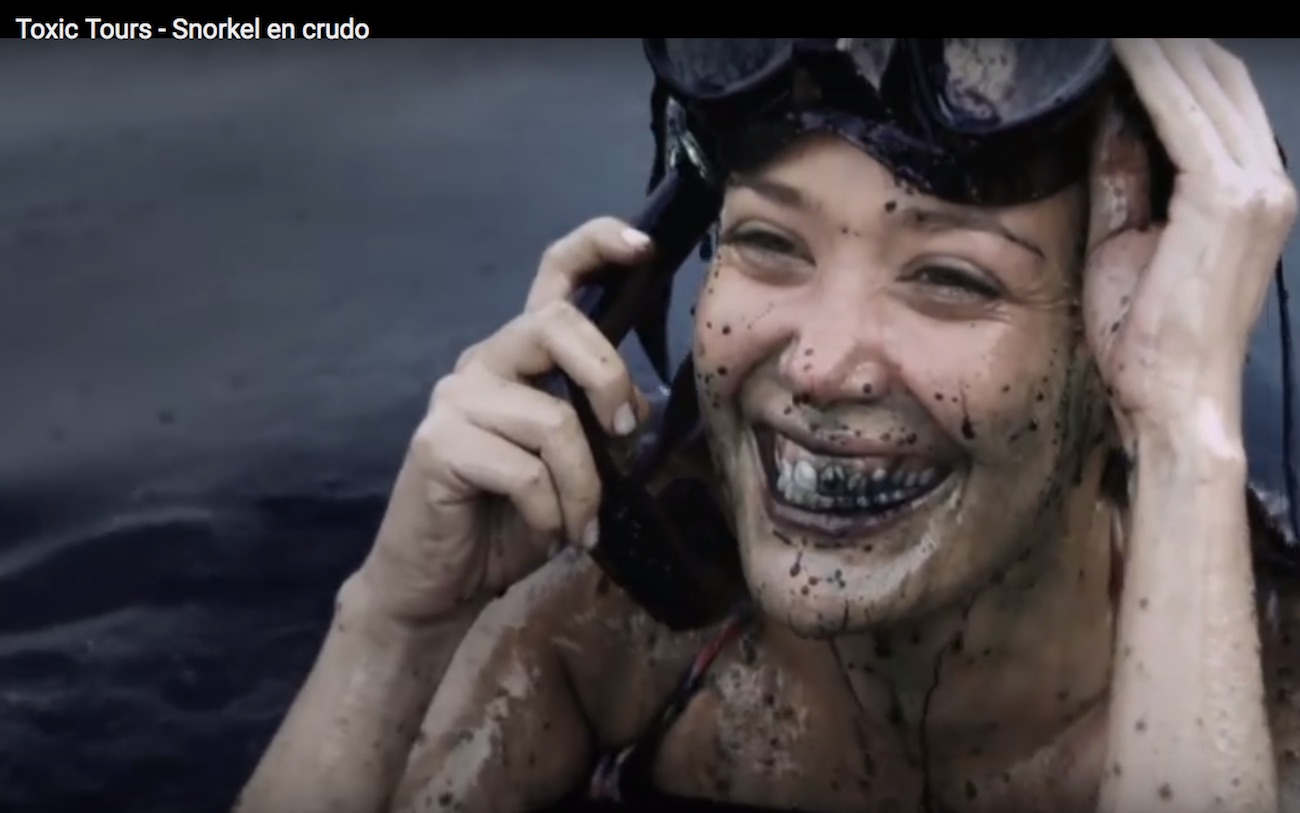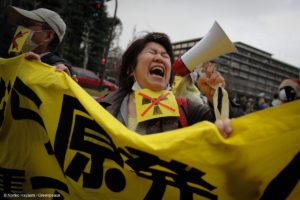Greenpeace Mexico’s recent Toxic Tours was a massive success on many levels. The campaign, launched with pro-bono services from Circus Marketing, created a fake travel agency offering trips to toxic Mexican destinations.
TV spots featured famous actors recommending the latest tourists activities: from snorkeling in oil to riding waves created by a chemical surf to fishing in a river full of dead fish.
The humorous spoofs conveyed a powerful message: 70 per cent of the rivers in Mexico are contaminated. The polluted rivers are already posing significant risks to citizens living along the river, and in the future could threaten Mexico’s hefty tourism industry.
Each Toxic Tours video featured a link to the Toxic Tours website where people could watch the spots and find more information about the issue.
Greenpeace Mexico’s executive director Patricia Arendar says the campaign’s intent was to get polluted waterways on the political agenda, which was a total success. Journalists covered Toxic Tours within Mexico, Brazil, as well as China. (Click here to see a video outlining the full campaign strategy and results)
As a result, major Mexican newspapers are starting to report polluted rivers when this issue was totally absent in the media.
But there’s another area Toxic Tours missed that campaigner Hector David Magallon Larson says has been a good lesson for the team: mobilisation.
While the campaign’s aim was to raise political awareness, Hector says the campaign may have benefited from grassroots support and advocacy.
Greenpeace Mexico had originally planned to include a Facebook app that would allow people to send digital postcards to elected politicians, but a glitch in technology prevented the app from working.
Hector adds in hindsight a petition, or other calls to citizen action in tandem with Greenpeace could have catalyzed greater support, as 50,000 people visited the Toxic Tours site.
“People saw the videos, and entered the website, read, and got informed, but we lost them,” he says.
“One of the key learnings from this campaign for me is never have a website without a particular ask on which people can act.”
“If they see we are acting and they can act with us, they act.”
In addition to raising awareness about a hidden issue in Mexico, Toxic Tours laid the groundwork for Greenpeace’s latest campaign, Detox, which is asking fashion giants like Levi’s and Calvin Klein to phase out the use and release of all toxic chemicals, which are polluting waterways.
Greenpeace chose to release its Toxic Threads: Under Wraps report in Mexico, and screen a documentary about a family struggling to hold factories in the region, including Levi’s, to account for the pollution they are causing.
As a result, Levi Strauss and Company committed to going toxic free on Dec. 13, 2012.
Related Posts:
How a Facebook event got 600k people to switch banks
Secret Agents power citizen science, help protect Lebanese coast
Do you have an innovation in mobilisation and people-powered campaigns? Share it with Mob Lab.
Categories:
narrative, framing and storytelling



